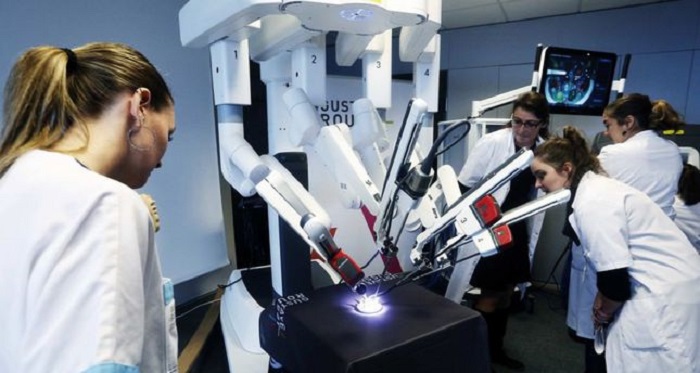The team built a machine they called the Smart Tissue Autonomous Robot, or STAR. The robot possesses suturing tools as well as three-dimensional imaging, positioning and force sensing technology. "With all of these components, the authors were able to use STAR for soft tissue surgery - a difficult task for a robot given tissue deformity and mobility," the authors wrote in the report. "Surgeons tested STAR against manual surgery ... and found that the supervised autonomous surgery offered by the STAR system was superior." The system is actually similar to facial tracking software used by Hollywood studios to create computer-generated images. By imaging and positioning an organ, the robot can detect and follow certain markers in the flesh. This allows for extremely accurate surgeries.
Using the STAR system on humans is still years away but researchers are extremely hopeful about the future. "By taking human intervention out of the equation, autonomous robots could potentially reduce complications and improve the safety and efficacy of soft tissue surgeries, about 45 million of which are performed in the U.S. each year," according to the American Association for the Advancement of Science, which published the study. The research was conducted at Children`s National Hospital in Washington, D.C., and John Hopkins University in Baltimore.
More about:
















































